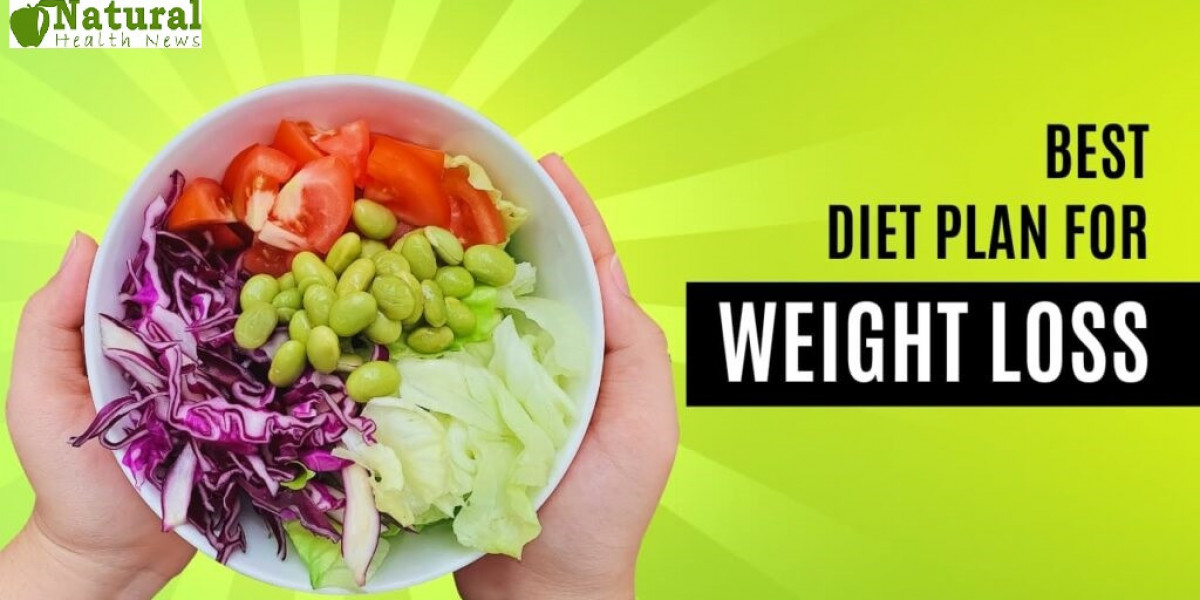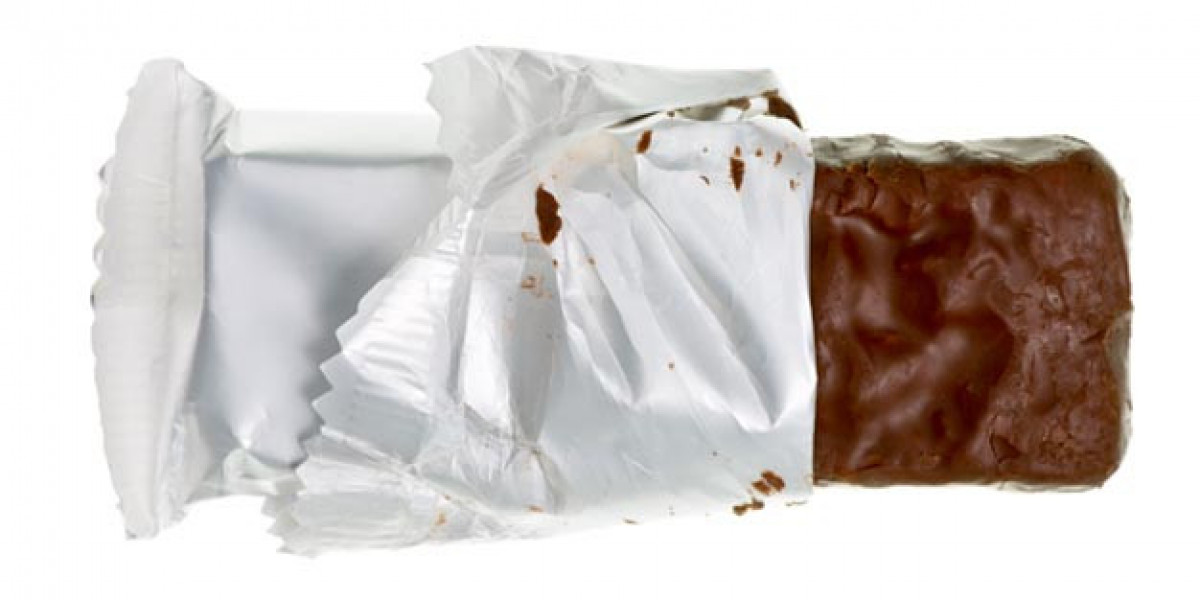Losing weight isn’t about starving yourself — it’s about choosing the right foods, creating a calorie deficit, and building sustainable habits. With so many diets out there, it can be overwhelming to choose the best one. In this guide, we'll outline a simple Diet Plan for Weight Loss and explore some of the best diet plans based on different needs and lifestyles.
The Basics of Weight Loss
Before jumping into specific diets, it’s important to understand the foundation of weight loss:
Calorie Deficit: You must burn more calories than you consume.
Nutrient-Dense Foods: Focus on whole foods that are high in nutrients and low in calories.
Sustainability: Choose a plan you can stick to long-term — not a quick fix.
Simple Diet Plan for Weight Loss (General Guide)
Ideal for beginners or those who want a balanced approach
Sample Daily Meal Plan:
Breakfast:
1 boiled egg + 1 slice of whole-grain toast
A handful of berries
Green tea or black coffee
Mid-morning Snack:
A small apple or a handful of almonds
Lunch:
Grilled chicken or tofu salad with olive oil dressing
Quinoa or brown rice (small portion)
Afternoon Snack:
Greek yogurt or carrot sticks with hummus
Dinner:
Baked fish or lentils
Steamed veggies
A small portion of sweet potato or brown rice
Water intake: 8–10 glasses per day
Physical activity: 30–45 minutes of walking, yoga, or strength training
Best Diet Plans for Weight Loss
1. Mediterranean Diet
Best for: Heart health and long-term sustainable weight loss
Focuses on fruits, vegetables, whole grains, fish, and olive oil
Includes red wine in moderation
High in antioxidants and healthy fats
Pros: Balanced, flexible, reduces disease risk
Cons: Weight loss may be slow but steady
2. Intermittent Fasting (16:8 Method)
Best for: People with busy schedules who prefer fewer meals
Eat within an 8-hour window, fast for 16 hours
Popular eating window: 12 pm – 8 pm
Pros: Simple, improves insulin sensitivity
Cons: Can be tough in the beginning
3. Low-Carb/Keto Diet
Best for: Fast initial weight loss and reduced appetite
Focus on high fat, moderate protein, very low carbs
Common foods: Meat, eggs, cheese, avocados, non-starchy vegetables
Pros: Rapid results, curbs cravings
Cons: May cause “keto flu,” hard to maintain
4. Plant-Based Diet
Best for: Vegans/vegetarians or those seeking a high-fiber diet
Based on vegetables, fruits, legumes, nuts, and grains
Can include or exclude dairy/eggs depending on preferences
Pros: Nutrient-rich, lowers cholesterol
Cons: Requires meal planning to ensure adequate protein
5. DASH Diet (Dietary Approaches to Stop Hypertension)
Best for: People with high blood pressure or heart concerns
Focuses on reducing sodium and increasing potassium-rich foods
Emphasizes lean proteins, fruits, and vegetables
Pros: Great for heart health
Cons: Not designed for rapid weight loss
Tips for Success
Meal Prep: Plan meals ahead to avoid unhealthy food choices
Read Labels: Watch out for hidden sugars and unhealthy fats
Stay Active: Combine diet with regular exercise
Track Progress: Use apps or journals to monitor food and weight changes
Be Patient: Healthy weight loss is 0.5–1 kg per week
Final Thoughts
There is no one-size-fits-all solution when it comes to losing weight. Whether you follow a Mediterranean diet, go low-carb, or try intermittent fasting, the key is consistency and balance. Choose a diet plan for weight loss that fits your lifestyle and goals, and most importantly, one that you can maintain in the long run. For further detail visit Natural Health News.







